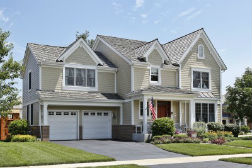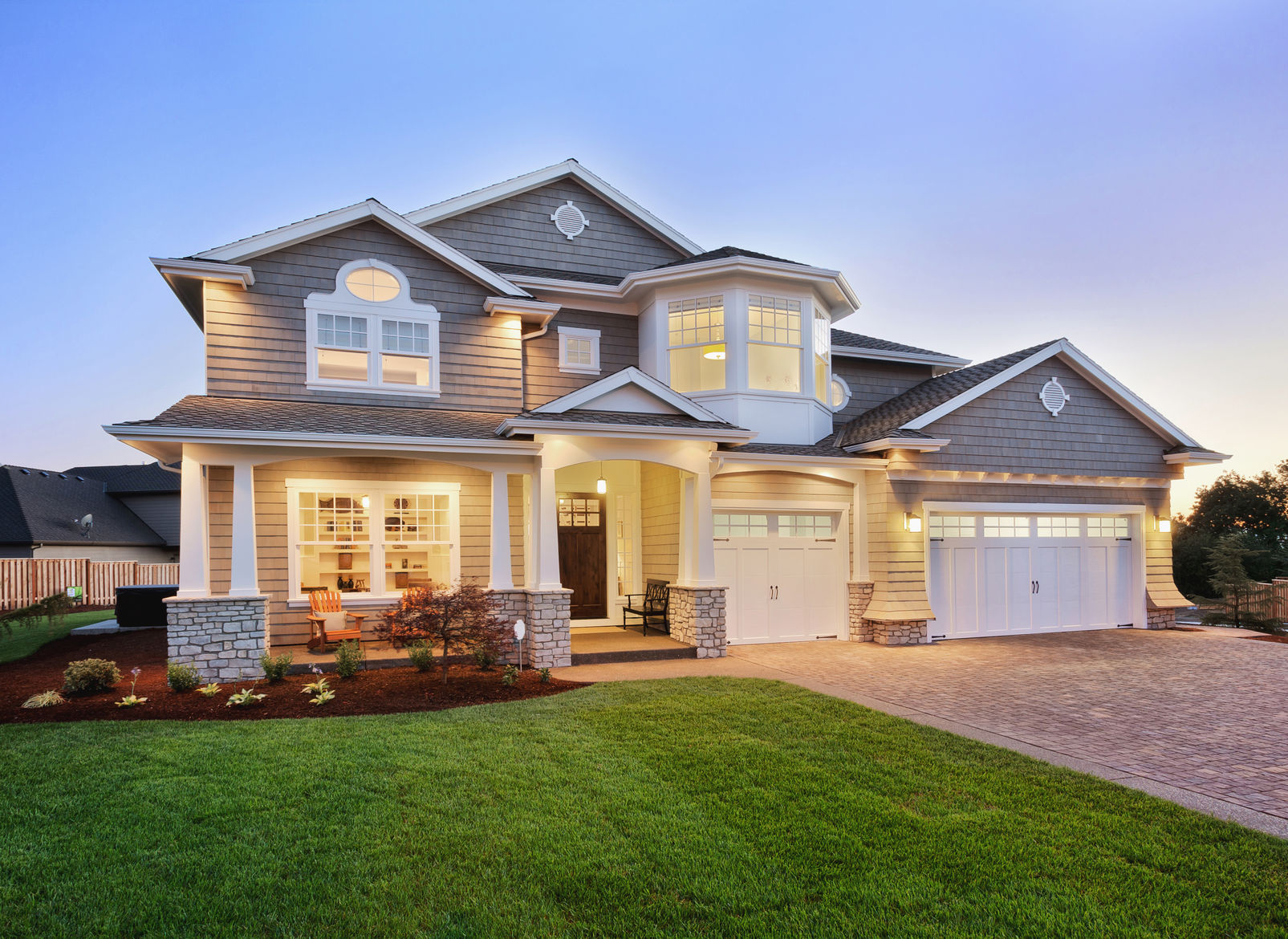NAHB: Builder Confidence Dips on Hurricane Damage
 Home builders had less confidence in housing market conditions in September. In the aftermath of Hurricanes Harvey and Irma, builders worried that ongoing shortages of construction labor and materials would worsen. NAHB Chairman Granger MacDonald said that concerns over labor and building materials were “intensified,” but said that builder confidence was expected to return to high readings once rebuilding is underway.
Home builders had less confidence in housing market conditions in September. In the aftermath of Hurricanes Harvey and Irma, builders worried that ongoing shortages of construction labor and materials would worsen. NAHB Chairman Granger MacDonald said that concerns over labor and building materials were “intensified,” but said that builder confidence was expected to return to high readings once rebuilding is underway.
The National Association of Home Builders Housing Market Index dropped three points to an index reading of 64 with all three component readings lower than they were in August. Builder confidence in current market conditions for new single-family homes dipped for points to an index reading of 70. Builder confidence in housing market conditions over the next six months also dropped points to 74. September’s reading for buyer traffic in new housing developments was one point lower at 47.
Construction Labor and Materials Shortages Expected to Worsen
Home builders have cited shortages of labor and building materials in recent years, but these shortages are expected to grow in coming months due to massive amounts of construction workers needed for rebuilding after severe storm damage and flooding wiped out homes, businesses, and infrastructure. As with the high demand for homes caused by low inventories of homes for sale, labor and materials costs will likely rise as rebuilding begins
The NAHB Housing Market Index measures builder confidence on a scale of 0 to 100. Any reading over 50 indicates that more builders than fewer consider housing market conditions to be in positive territory. While September readings are well within positive territory, approaching winter weather and shortages may cause builder confidence in housing market conditions to decrease.
Regional Builder Confidence Readings Mixed
Three-month rolling average readings for four regions tracked by NAHB had missed results in September. The Northeast posted a one-point gain to 49; the Midwest posted a loss of three points for a reading of 63 and the Southern region posted a one-point loss for a reading of 66. The West posted a two-point gain for a reading of 77.
Future builder confidence readings depend on conditions as storm season continues and winter weather sets in.

 The National Association of Home Builders Housing Market Index for June fell by two points to 67 after a revision of May’s reading. Components of the Housing Market Index were lower for June with builder confidence in current market conditions two points lower at 73; June’s reading for builder confidence in market conditions for the next six months also fell two points to 76. Builder confidence in buyer traffic fell two points to 49. According to the Index, any reading over 50 indicates that more builders are confident than those who are not.
The National Association of Home Builders Housing Market Index for June fell by two points to 67 after a revision of May’s reading. Components of the Housing Market Index were lower for June with builder confidence in current market conditions two points lower at 73; June’s reading for builder confidence in market conditions for the next six months also fell two points to 76. Builder confidence in buyer traffic fell two points to 49. According to the Index, any reading over 50 indicates that more builders are confident than those who are not.